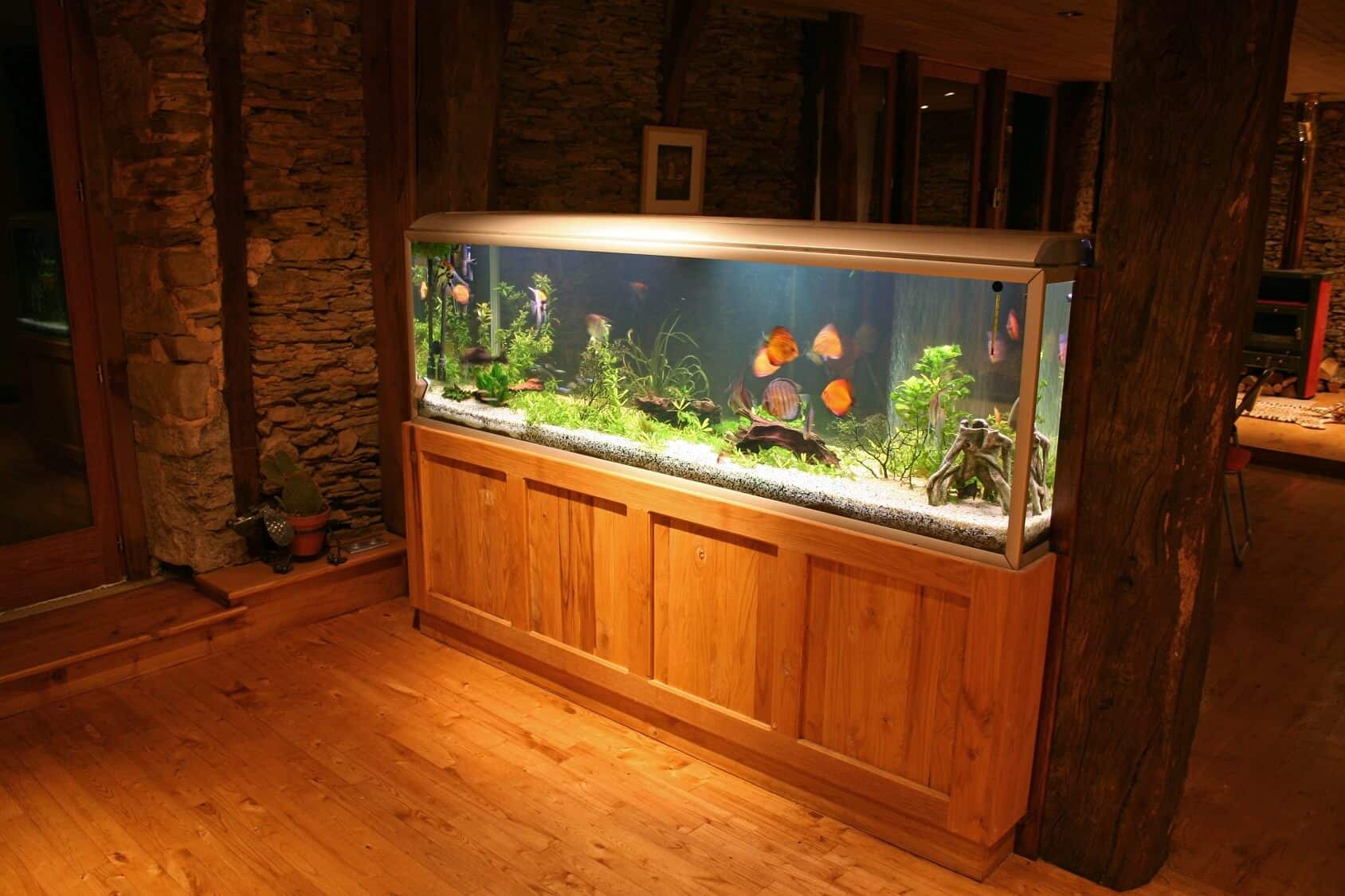
Get that label maker out or use color coding with electrical tape to make it fool proof. It is strongly recommended that every system has their own separate set of equipment. You can disinfect these items between systems, but not all disinfectants are a 100% guarantee. Separate equipment for your quarantine tank setup including all nets, gravel siphons, algae scrubbers/glass cleaners, etc. Keep in mind that all filter media returning from the hospital/quarantine tank to the main tank MUST BE STERILIZED. If possible, stock your main tank with extra filter media, just in case you have to steal it. This will decrease the amount of stress your fish will have in their quarantine/hospital stay. Steal extra media from your main tank to skip the new tank syndrome. Keep in mind that increasing the water temperature will increase the reproductive capability of any pathogens in the system and on the fish, including bacteria, parasites, fungi and viruses.

A heater of appropriate size for your tank.Įven if your fish are not going to be kept in heated conditions, such as koi and goldfish, preparing the environment in the immune system “sweet spot” (immune function link), will allow for better defenses. You can get away with something slightly smaller if lives depend on it, but it is not a long-term solution. These are GENERAL GUIDELINES and will not fit all fish. Most betta hospital tanks will be 2.5-5 gallons, goldfish 20-30 gallons, cichlids 20-50 gallons, marine fish 10-100 gallons and koi 250-500 gallons (size dependent). They should be able to swim around comfortably without making too many turns. Hospital or quarantine tank setup large enough to suit any fish in your tank. If you can’t stand on it, it’s probably not a good choice.

Always remember to place fish tanks on a solid surface. This is a safe “splash zone.” Some diseases can be passed in the water, so make sure it cannot be transferred between healthy and potentially sick systems. To set up a proper quarantine tank, you will need the following equipment: Location at least 3 feet away from the main tank. Always be ready with a quarantine tank setup, just in case. If you think you don’t need a tank, keep this list with you just in case the time ever comes. Remember, proper quarantine procedures will save you time, money and LIVES. Any good fish owner will have a quarantine or hospital tank at the ready for any new or sick fish.


 0 kommentar(er)
0 kommentar(er)
